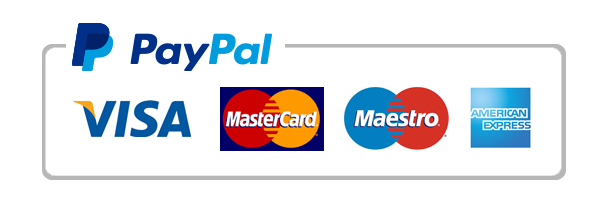Following Accounting Exercises Please see the attached files for the excerises. Exercise 5-30 Bill Thomas, Vaughn & Hill’s controller, has received all the
Following Accounting Exercises Please see the attached files for the excerises. Exercise 5-30
Bill Thomas, Vaughn & Hill’s controller, has received all the budgets prepared by the various
operating units and is ready to compile the pro-forma financial statements for the first quarter.
The company’s balance sheet of December 31 is as follows:
Cash
$ 49,200
Accounts Receivable (net)
47,970
Finished Goods Inventory
40,180
Raw Materials Inventory
6,199
Property, Plant & Equipment
246,000
Accumulated Depreciation
(61,500 )
Total Assets
$328,049
Accounts Payable
$ 14,760
Income Tax Payable
61,713
Common Stock
82,000
Retained Earnings
169,576
Total Liabilities & Owners Equity
Selected Estimates
Budgeted revenue
Selling and administrative expense
Interest expense
Cash
$328,049
Quarter
$1,156,200
218,448
2,772
25,236
Cost of Goods Sold
822,763
Accounts receivable (net)
111,930
Direct materials
4,559
Finished goods
48,392
Acounts payable
27,224
Notes payable
33,620
Additional Information:
●
Bates & Hill plans to declare and pay dividends totaling $40,180 in January.
●
Bates & Hill plans to purchase and pay cash for a piece of land in February at a cost of
$59,040.
●
Bates & Hill plans to purchase equipment in March at a cost of $49,200.
●
Depreciation for manufacturing overhead $24,600 per month and for selling and
administrative $8,200 per month.
The company expects a 25% income tax rate, and all quarterly taxes are paid in the first month
of the following quarter.
Don’t show me this message again for the assignment
Prepare Vaughn & Hill’s pro-forma income statement for the first quarter. (Round answers to
0 decimal places, e.g. 5,275.)
Vaughn & Hill
Income Statement
First Quarter
$
$
Don’t show me this message again for the assignment
Prepare Vaughn & Hill’s pro-forma balance sheet as of March 31.
Vaughn & Hill
Balance Sheet
March 31
$
$
$
$
Don’t show me this message again for the assignment
Click if you would like to Show Work for this question:Open Show Work
Save
Question Attempts: 0 of 1 used
for
later
Submit
Answer
Tooltip JS-control [id=_intjsTooltip_1_]
Your instructor has reset your attempts for this question. The question will reload in the original
state.
Click “Continue” to proceed with the question.
< img height="1" width="1" style="border-style:none;" alt=""
src="//googleads.g.doubleclick.net/pagead/viewthroughconversion/944609404/?value=0&guid=
ON&script=0"/>< /div>
Exercise 6-15
Crane Paints manufactures artist’s oil paints. Each 40 ml tube of paint requires 5 minutes of direct
labor, and the standard labor rate is $7.86 per direct labor hour. In September, Crane incurred 11,360
direct labor hours at a cost of $86,000 to produce 124,100 tubes of paint.
Calculate Crane’s direct labor rate variance for September. (Round answer to 0 decimal places,
e.g. 125. If variance is zero, select “Not Applicable” and enter 0 for the amounts.)
$
Direct labor rate variance
Don’t show me this message again for the assignment
Click if you would like to Show Work for this question:Open Show Work
Exercise 6-17
Marigold Incasements manufactures protective cases for MP3 players. During November, the
company’s workers clocked 850 more direct labor hours than the flexible budget amount of 25,370
hours to complete 108,600 cases for the Christmas season. All workers were paid $9.00 per hour,
which was $0.50 more than the standard wage rate.
Calculate Marigold’s direct labor efficiency variance. (If variance is zero, select “Not Applicable”
and enter 0 for the amounts.)
$
Direct labor efficiency variance
Don’t show me this message again for the assignment
Click if you would like to Show Work for this question:Open Show Work
Purchase answer to see full
attachment

